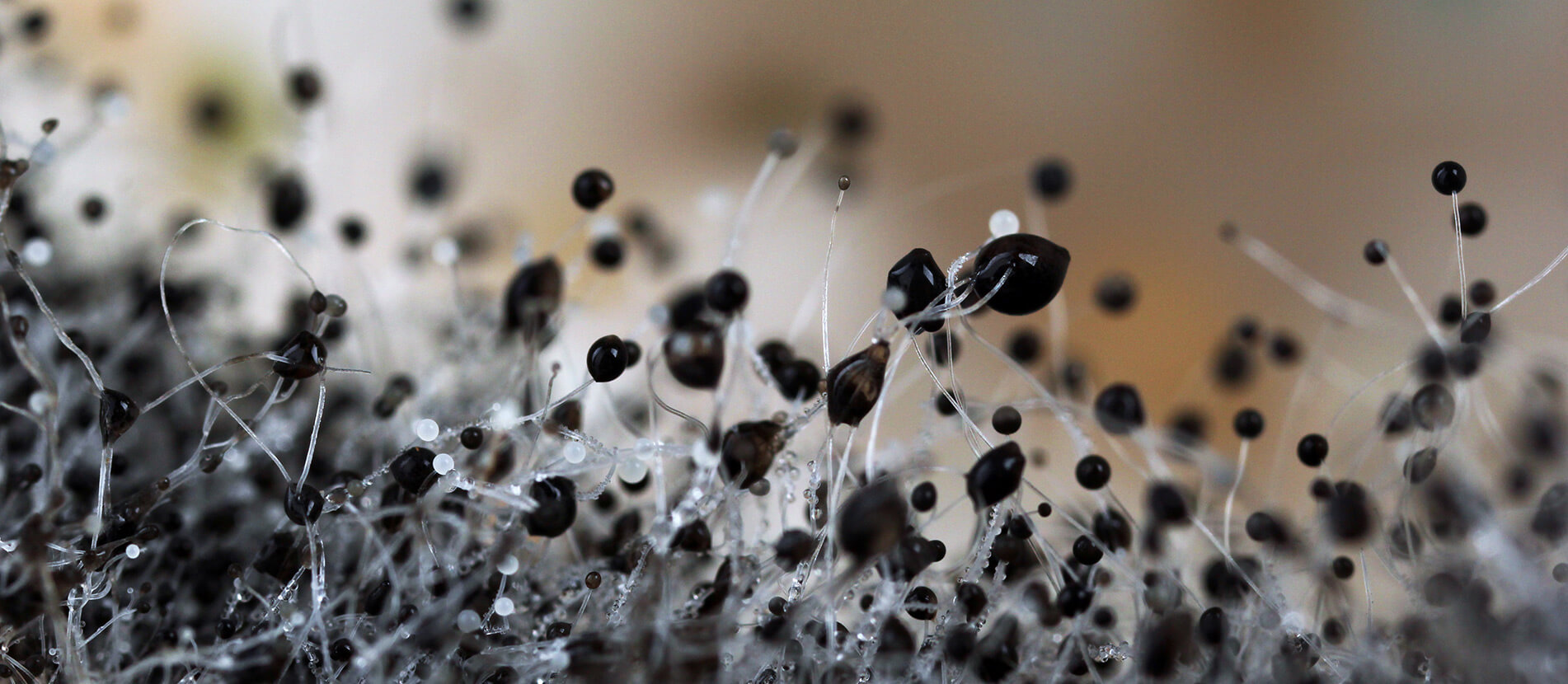Detecting Contaminant Objects in Food
The 5 most important methods of food inspection at a glance
A splinter of wood in a cutlet, a maggot in a yogurt, a piece of glass in cheese: disgusting,
and a health hazard as well. To detect such contaminant objects in food, manufacturers around the
world use special inspection systems.
Contents
- Metal detection: alternating electromagnetic fields to inspect food products
- Radiography: X-rays that penetrate products
- Thermography: contaminant detection through thermal imaging
- Ultrasound: high-frequency sound that's inaudible to humans
- Near-infrared (NIR) spectroscopy: light spectra that detect product properties
Metal detection: alternating electromagnetic fields to inspect food products
Metal detection technology is one of the oldest inspection systems. It has been used for decades to detect metals in loose and packaged foods.
Its principle is simple. The instruments work with metal detectors that have a transmitter coil and receiver coil. The transmitter coil generates a permanent alternating electromagnetic field. When a product containing metallic contaminants passes the detector on a conveyor belt, it interferes with this field. The system then causes the food item to be automatically ejected – for example, into a container next to the conveyor belt.
As popular as metal detection technology may be, its limitation is obvious: it does not spot food contaminants made of other materials, such as glass, stone or wood.
Radiography: X-rays that penetrate products
While classic metal detectors can't detect materials such as glass, stone and wood, X-ray detectors do these jobs without any problems – and have done so ever since the early 1990s.
To detect contaminant objects in food, radiography equipment uses X-rays. In contrast to light, the short-wavelength electromagnetic radiation penetrates the product. A detector at the other end picks up the radiation and delivers information for an image in shades of gray. Contaminant objects of higher density absorb more radiation than the surrounding food, so appear darker on the image. As soon as a threshold value is exceeded, the system causes the product to be automatically rejected.
Radiography detects not only glass, stone and wood, but also bones, quartz, slate, salt lumps and plastics such as PVC. Although this flexible, it has a disadvantage: the difference in density between the food and the contaminant object must be sufficiently large. This is not the case for all combinations of materials – for example, foods with a high water content such as cheese and some plastics appear too similar to distinguish.
Thermography: contaminant detection through thermal imaging
Complementing metal detection and radiography, thermographic detection is a useful way to detect contaminant objects in food. This method analyzes the thermal conductivity of food either passively or actively.
Passive techniques can be used when the food is still warm after processing. During the cooling phase, a thermal imaging camera records the temperature distribution on the surface. A change of color can be observed if there is a contaminant object in the food item because the object forms a thermal barrier, making a change in the temperature distribution apparent on the surface.
And if the food isn't warm? Then manufacturers opt for active thermography, whereby flash lighting thermally excites the product. Again, contaminants with a lower thermal conductivity hinder the dissipation of heat into the inside of the object. Accumulated heat above the contaminant object can be recognized by the higher intensity of red. This is how many manufacturers find unwanted contaminants of products only a few millimeters thick, such as slabs of chocolate or pasta sheets.
Ultrasound: high-frequency sound that's inaudible to humans
Ultrasound is another means of detecting contaminant objects in food. There are two types of instrument: ones that come into contact with products during measurement and ones that don't. Contact-based ultrasonic testing is used, for example, to detect contaminant objects in canned foods, and it requires a coupling medium such as water. The instrument sends ultrasonic waves into the product in a frequency range from 20 kHz to 50 MHz. The materials inside reflect the ultrasound to varying degrees. A sensor records these reflections, allowing a grayscale image to be created from the sound levels of the reflections. Contaminant objects can be clearly identified on this image. Thanks to time-of-flight measurements, it is even possible to determine the entrapment depth of the contaminant, which X-rays cannot do.
In cases where, for hygienic reasons, no contact is possible with the food, so-called air-coupled ultrasound systems are used, which can do without a coupling medium. Physics dictates that they operate at lower frequencies than contact-based ultrasonic systems.
Near-infrared (NIR) spectroscopy: light spectra that detect product properties
Beyond metal detection technology, radiography, thermography and ultrasound, there is a further inspection technique for detecting contaminant objects in food: near-infrared (NIR) spectroscopy. It operates with light wavelengths between 800 and 2500 nanometers and thus between the visible (VIS) and the mid-infrared (IR) spectral range. NIR radiation excites the molecules in a food sample and makes them oscillate, and the reflected spectra reveal information about the molecular composition of the food.
This allows not only contaminant objects to be clearly identified, but also differences in quality to be detected. An NIR spectrometer from the Fraunhofer Food Chain Alliance has proved this. The system analyzes the molecular structure of fruits to determine how ripe they are. Pears, for example, can be reliably sorted using this NIR screening technique – flawless fruit goes directly to the consumer, older fruit to juice manufacturers and moldy fruit to biofuel producers.
Many other industries are benefitting from this economical technology. The world's largest market overview of NIR spectrometers gives you an overview.
